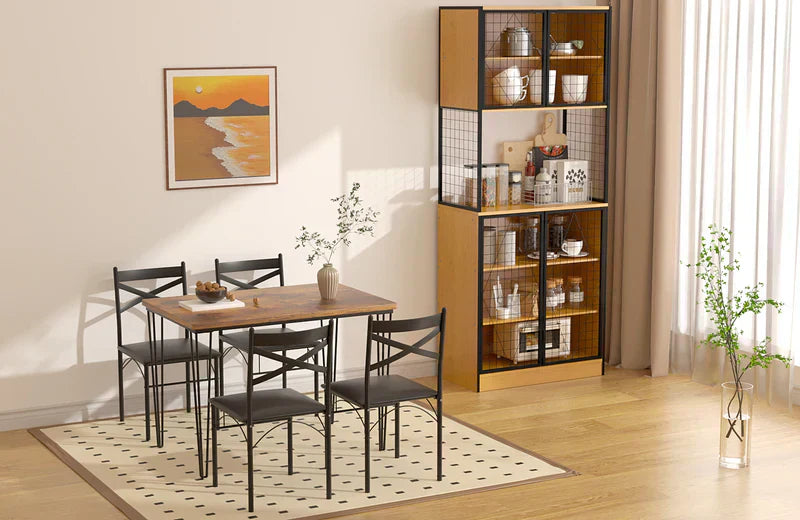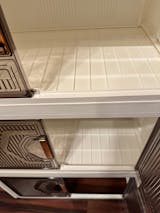As we conclude the VECELO multifunctional series, it’s time to shift from individual room ideas to a whole-home strategy. This post builds on everything we've explored—transforming bedrooms, optimizing kitchens, and redefining entryways—and looks at how to tie these ideas together into a unified approach for compact living. In today’s homes—especially compact ones—space isn’t just a backdrop, but a tool for shaping routines and lifestyle flow. Whether you’re in a studio apartment or a cozy family home, making the most of your space means balancing function and comfort. It’s not about having more, but about making what you have work smarter. That’s where multifunctional furniture and intentional design come in.
A good starting point is understanding how you live. Before jumping into decor, take note of your daily habits. Which rooms do you use most? Where does clutter pile up? What’s missing—storage, comfort, flexibility? By evaluating your needs honestly, you can prioritize what really matters and make decisions that support your routines.
From there, follow a few guiding principles. Movement should be effortless: arrange furniture to support natural walking paths. Vertical space is your best friend—think shelves, hooks, tall storage instead of bulky surfaces. Hidden storage helps keep visual noise to a minimum, and smart zoning—using rugs, lighting, or furniture placement—can define areas without adding walls. Most importantly, simplify: choose modular or adaptable pieces that evolve with your lifestyle.



Rather than isolating each room, consider how zones can blend together. A lift-top coffee table might double as a workstation. A hallway bench could hide seasonal gear and act as a guest seat. In the bedroom, a frame with drawers adds storage while freeing up space for a slim writing desk. Even a wall-mounted shelf can function as a nightstand or display.



In the kitchen, bar-height carts and folding dining sets create fluidity between prep and eating zones. Bathrooms benefit from mirror cabinets, vertical storage, and compact laundry solutions tucked into corners. Home offices, balconies, and even kids’ rooms gain versatility from fold-down desks, stackable chairs, and lofted layouts.



Smart furniture choices make all the difference. Look for sofa beds, drop-leaf tables, and hybrid shelves. Prioritize built-in tech and thoughtful detailing, like headboards with charging ports or desks with cable channels. When done right, every piece supports multiple uses—and disappears when not needed.



If you’re unsure where to begin, start with one room or function. For example, consider upgrading your seating to include storage or replacing bulky side tables with wall-mounted shelves. Sketching out how each space connects can help you visualize overlap—for instance, where your living room might double as a workspace, or how a dining cart could support food prep and display.
Don’t feel pressured to change everything at once. Sometimes, a single smart furniture switch creates a ripple effect that improves multiple areas of the home.
And don’t overlook color and light. Soft neutrals open up a room. Layered lighting—from overheads to task lamps—adds dimension. Let natural light flow freely by keeping windows clear and using sheer curtains. These visual cues are as essential as the furniture itself in making small spaces feel expansive.
Material choice matters, too. Opt for furniture with slim profiles, open metal frames, or glass elements to avoid visual heaviness. Light wood tones and mixed textures can introduce warmth while keeping the overall look airy. And when it comes to proportion, always favor pieces that offer maximum function without overwhelming the footprint.
Maximizing space is not just a design challenge—it’s a culmination of everything we’ve explored in this series. We’ve seen how different rooms present different needs, but a home works best when it functions as one interconnected whole. A smarter layout emerges when furniture serves more than one role, and design choices align across zones. Integration, not isolation, is what makes small-space living truly work.
Thanks for following along with this series. No matter where you start—your hallway, your work corner, or your kitchen—just start. Small changes, made with intention, are what turn houses into homes. And if you're looking for multifunctional furniture that adapts to your life, explore the full range of designs at VECELO.



